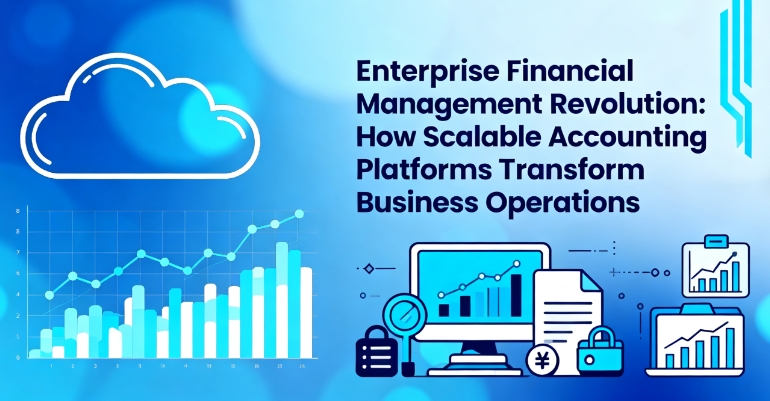Key Benefits of Cloud-Based Data Integration
Discover the key advantages of cloud data integration, including real-time synchronization, workflow automation, and efficient redundancy management. Learn how this technology simplifies large-scale data handling, enhances business agility, and supports multiple applications, revolutionizing modern enterprise operations with increased efficiency and reduced costs.

Understanding Cloud Data Integration
Cloud data integration leverages either private or public cloud networks to enable seamless, real-time access to constantly updated data. Its main purpose is to unify and centralize data storage on a single platform or network. While this innovative approach revolutionizes large-scale data management, it presents unique challenges during implementation. Nonetheless, the advantages of adopting cloud data integration are significant and highly beneficial for modern business operations.
Real-Time Data Synchronization
This technology allows organizations to synchronize and access all their data from a centralized location. Immediate reflection of updates across all linked systems eliminates the need for manual file updates. Authorized personnel can view the latest information instantly, facilitating efficient and accurate decision-making.
Automation of Business Processes
Many large enterprises still rely heavily on manual processes like data uploading and downloading. Cloud data integration automates these repetitive tasks through sophisticated algorithms, saving time and reducing costs. Tasks such as data entry and standardization across various platforms are handled more efficiently, minimizing errors when input parameters are accurate. Advanced software solutions can be customized to enhance workflow automation further.
Efficient Data Redundancy Handling
Handling vast amounts of data, especially reused or outdated information, becomes easier with cloud data integration. It can automatically identify, categorize, and eliminate unnecessary data, streamlining storage and organization. Often, redundancies are preserved for future reference, but the process greatly reduces storage costs and manual effort involved in data management.
Support for Multiple Business Applications
Cloud data integration is essential for business intelligence, digital migration, and ETL (Extract, Transform, Load) processes. It enables the seamless integration of diverse applications and supports cloud-compatible hardware and software, ensuring real-time operation and consistent data flow across various platforms.
Disclaimer:
Our blog offers valuable insights across different categories, with information derived from thorough research. However, readers should not consider these articles as definitive. The editorial team is not responsible for discrepancies or inaccuracies in external data or offers that may be better suited to individual needs.










